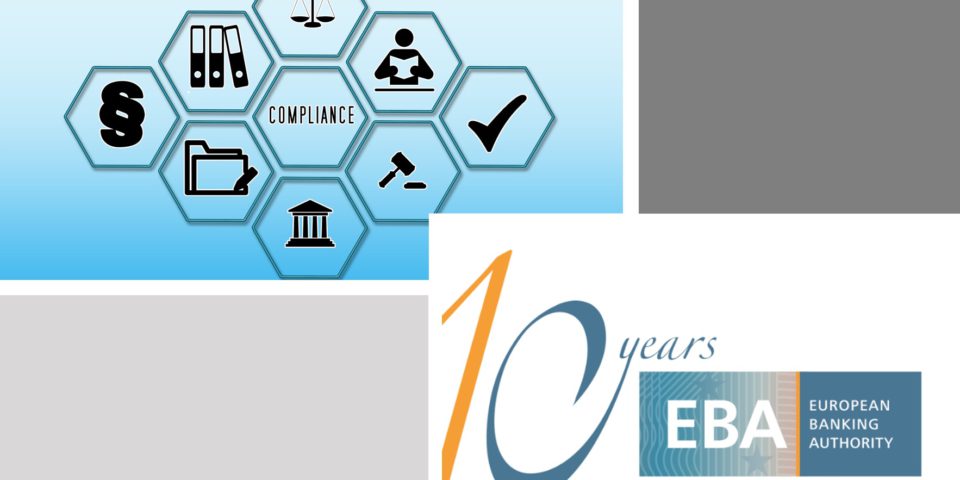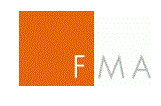By Dan Byrne for AMLi
The European Banking Authority has its sights net on a new strategy for compliance officers that it describes as a “first-of-its-kind” at EU level.
With the aim of setting out a clear roadmap of responsibility for compliance teams in financial institutions across the bloc, the Authority has suggested that staff in this area be ranked high enough that can directly access senior management or boards of directors, and that standards become more uniform across the bloc.
“It is quite smart,” Jasper Helder, a lawyer at law firm Akin Gump Strauss Hauer & Feld LLP in London says.
“When you do that, if you are the individual within such a multicountry financial institution responsible for the group’s anti-money-laundering program, would you want to accept that your organization has different rules in Country A than Country B? Of course not,” Helder told the WSJ.
It is one of several key proposals within a set of draft guidelines that is now open to public feedback. Once adopted, the guidelines will apply to “all financial sector operators,” working within the boundaries of the EU’s AML directives.
“The draft Guidelines comprehensively address, for the first time at the level of the EU, the whole AML/CFT governance set-up,” the Authority said in a statement this week.
“They set clear expectations of the role, tasks and responsibilities of the AML/CFT compliance officer and the management body and how they interact, including at group level.”
It stressed specifically that those working on AML/CFT compliance needed to have a sufficient level of seniority so that they could follow the future guidelines on their own initiative, and be free to put forward new ideas and solutions without excessive red tape from above.
This draft document is the EBA’s latest effort to fulfil a mandate it was given in January 2020: to stop the EU’s financial system being used for money laundering or terrorism financing.
It mirrors a number of previous draft publications and consultation periods in different topics that have been launched in the last eighteen months to pursue that mandate.
Key coverage points for compliance officers included in this document are the development of risk-assessment frameworks, monitoring compliance, handling high-risk clients, and reporting.
In addition to focusing on the individual compliance officer, the guidelines also lay out what is expected from an institution’s wider AML/CFT framework, its management board, or its more senior staff where management boards don’t exist.
The EBA warned that a “common understanding of the role and responsibilities of AML/CFT compliance officers,” was important across all EU members states as a way to ensure “sound and effective,” systems that protect the bloc from the threat of financial crime.
It is giving stakeholders four months (till 2nd November 2021) to submit comments on the draft document. Following this deadline, a revised version will likely be produced and then adopted.
Instructions for those wishing to submit feedback can be found here.
Share this on:
Follow us on:








